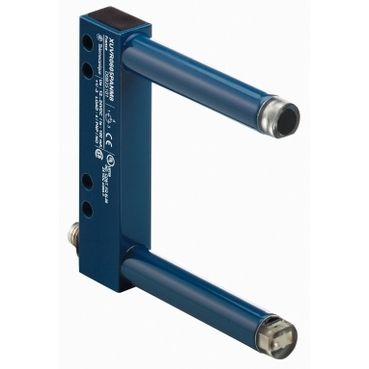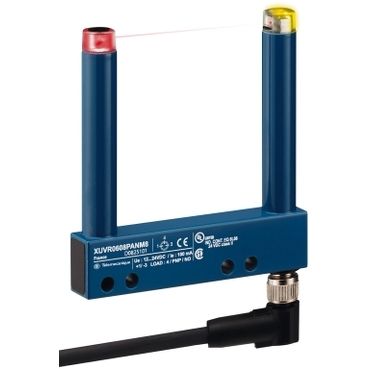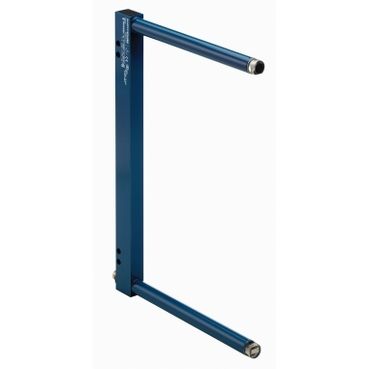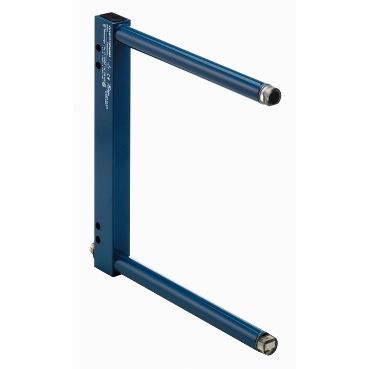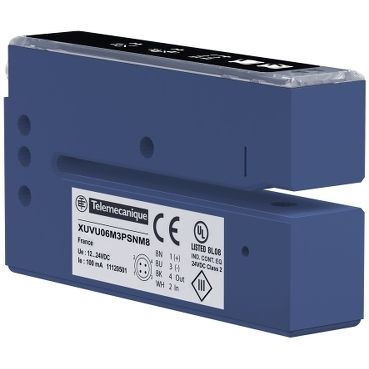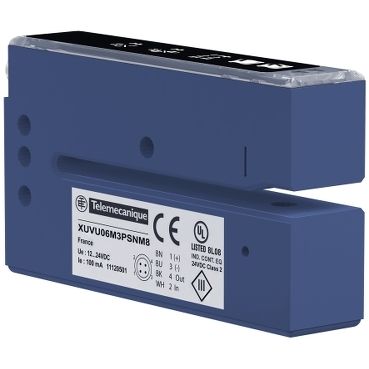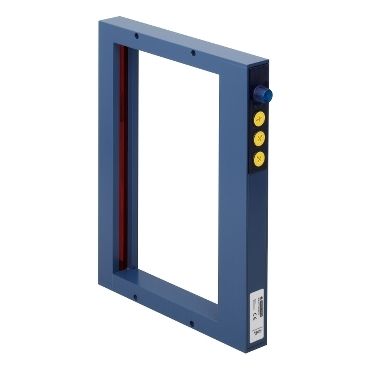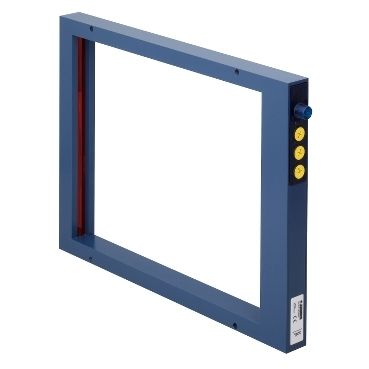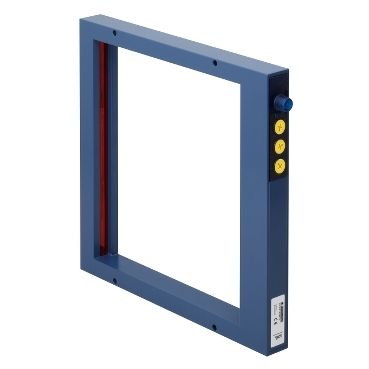Forks & Frames
"Fork and frame detection" typically refers to a sensing technique used in industrial automation and manufacturing processes to detect the presence or absence of objects passing through a defined area. This technique involves the use of fork sensors, which are optical sensors arranged in a fork-like shape, and a frame structure to mount and position the sensors.
Here's how fork and frame detection generally works:
- Fork Sensors: These sensors consist of a transmitter and a receiver aligned in a fork-like configuration. The transmitter emits a beam of light (infrared or visible) across a gap, and the receiver detects the presence or absence of this light. When an object passes between the transmitter and receiver, it interrupts the light beam, causing the receiver to register a change in signal.
- Frame Structure: The frame provides a stable mounting structure for the fork sensors, ensuring precise alignment and positioning within the detection area. It also helps protect the sensors from external disturbances and provides a clear path for objects to pass through.
- Detection Principle: When there is no object present within the detection area, the light beam emitted by the transmitter reaches the receiver without interruption, and the sensor output indicates an "unblocked" or "clear" condition. However, when an object enters the detection area and interrupts the light beam, the receiver detects this change and signals that the path is "blocked" or "occupied" by the object.
Applications of fork and frame detection include:
- Object Presence Detection: Used to detect the presence or absence of objects on a conveyor belt or within a defined space in manufacturing and assembly lines.
- Counting and Sorting: Enables counting and sorting of objects as they pass through the detection area.
- Process Monitoring: Monitors the movement and positioning of objects during various stages of production processes.
- Quality Control: Ensures that objects meet certain criteria or specifications as they move through the production line.
Overall, fork and frame detection is a versatile sensing technique used in industrial automation to enhance efficiency, accuracy, and safety in manufacturing processes.


